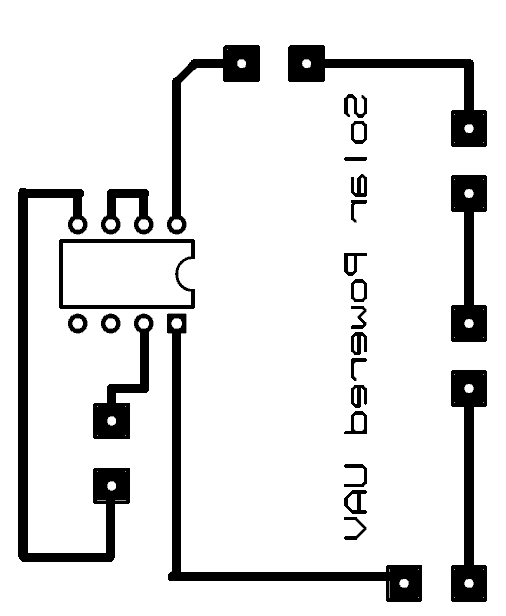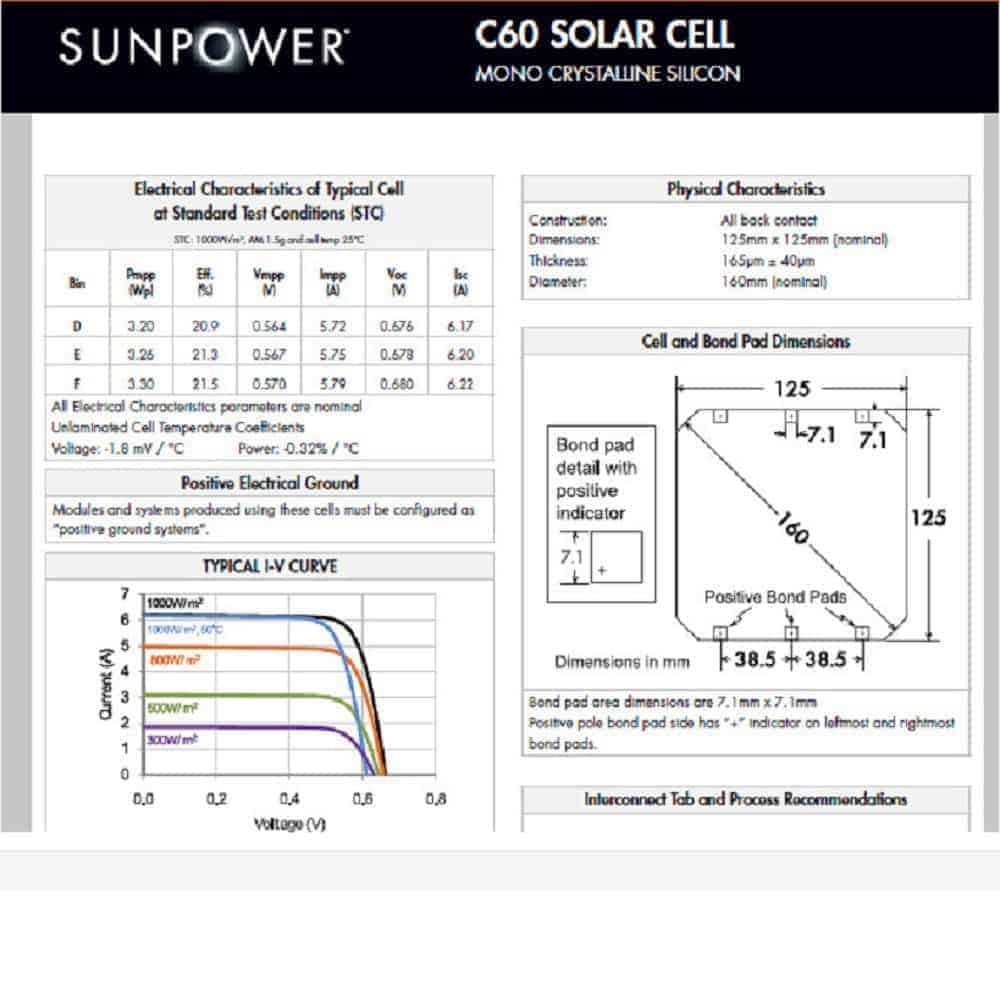C-60 SOLAR POWERED AIRCRAFT
In this project, we are going to show you to power an aircraft from solarcells and have an uninterrupted flight for 50 minutes with the aid of a dc source excluding solar cells.
The project is concerned with the uninterrupted flight by using renewable energy i.e., solar cells energy, and having a smooth and long flight without fuel to any desired place as long as the sunlight is available, on the dismissal of sunlight the dc battery source will be there to drive the aircraft.
This aircraft is also capable of one to one communication for such areas where wireless communication is inaccessible. The aircraft is equipped with Xbee-S1module (Communication module), which is communicated to the Xbee in inaccessible wireless areas. The Xbee of inaccessible area fetch the data from the sensor in that area and transfers this data to the Xbee in aircraft, storing in the SD card in aircraft. After the aircraft flight is ended the SD card data can be fetched via computer, and graph of complete analysis of that area in excel sheet.
PCB
C-60 mono crystalline solar cells are used NASA used which in their recent project. The C-60 mono crystalline solar cells is of about 22%, which is more than any ordinary solar cells as ordinary solar cells as an efficiency of 17-18%. These solar cells being unique for its efficiency and ampere rating giving maximum of 5A in full loaded condition.
The solar cells are connected in series to get the required voltage and amperes to charge the 11.5 volt battery, 2000mAh. This series combination form a full fledge solar which is kept as light as possible, as the weight of the plane is 660 gram and the trust produced by the main motor is 860 gram, which allows the plane to be in air without any turbulence.
Solar Powered UAV for Long Endurance
Components Used:-
| Component | Specification | Quantity |
| Emax MT2213 935KV | Brushless Motor | 1 |
| Displacement Motor | Servo Motor | 3 |
| Electronic Speed Controller | 10A | |
| 4 channel Receiver | FMS | 1 |
| Transmitter | FMS | 1 |
| Battery | 11.1V/2000mAH Li-Po | 1 |
| C-60 Mono crystalline Solar Cells | 5A/0.6V | 8/12 |
| Senor | DTH-11 | 1 |
| Communication Module | Xbee-S1 | 1 |
Salient Features
- Long Endurance-Solar Powered
- Wireless Data Routing
- Surveillance-Cam
- Data Acquisition from Sensor Suits
- Less Weight
- High Battery Timing
- Challenging Economical and Efficient
- Military Purpose
Working
The UAV being driven by using a remote control having a frequency of 2.4 GHz as we give the throttle or signal from the remote/transmitter, it is received and sensed by the receiver working on PWM-Pulse Width modulation. This gives pulse to the electronic speed controller which consists of transistors, the transistors do switching according to the duty cycle it received from the receiver, and hence for that specific period or for that specifically duty time cycle the transistor is on, making the throttle operated. Same is the case with the servo motors installed in the aileron, rudder and elevator as the above mention are servo motors and used for displacement purposes only.
- Architecture of Propulsion System
- Block Diagram with Solar cells:
- Tabbing of Solar Cells:
Mounting Solar Cells
- Mechanical Design/RC-Plane measurement
- Weight of plane (without components): 318g
- Wing span: 162g
- Plane body (without wing span): 156g
- Weight of battery: 154g
- Weight of components (excluding plane body): 330g
- Plane weight (with components): 654g
- Wing span length: 40 in
- Wing span width: 5 in
- Main body length: 29 in
- Main body width: 5 in
- 4-channel receiver
- Why XBee
Comparison
Bluetooth: –
– Cost $65/module
– Comparable with nearly all modern day technology.
– 100m range (High end transmitters)
– (115.2Kbit/s)
WiFi: –
– Cost $90/module
– Can be used on a network!
– Up to 54Mbit/s
– 40m range
XBee: –
– Cost $55/module
– Large support community
– Easy to link 2 XBee cards together
-10km range! (Again, the high end models)
– 156kbit/s
- Results from Sensor
Project files: H bridge.zip(~5Mb)
For PCB manufacturing we recommend WellPCB
















